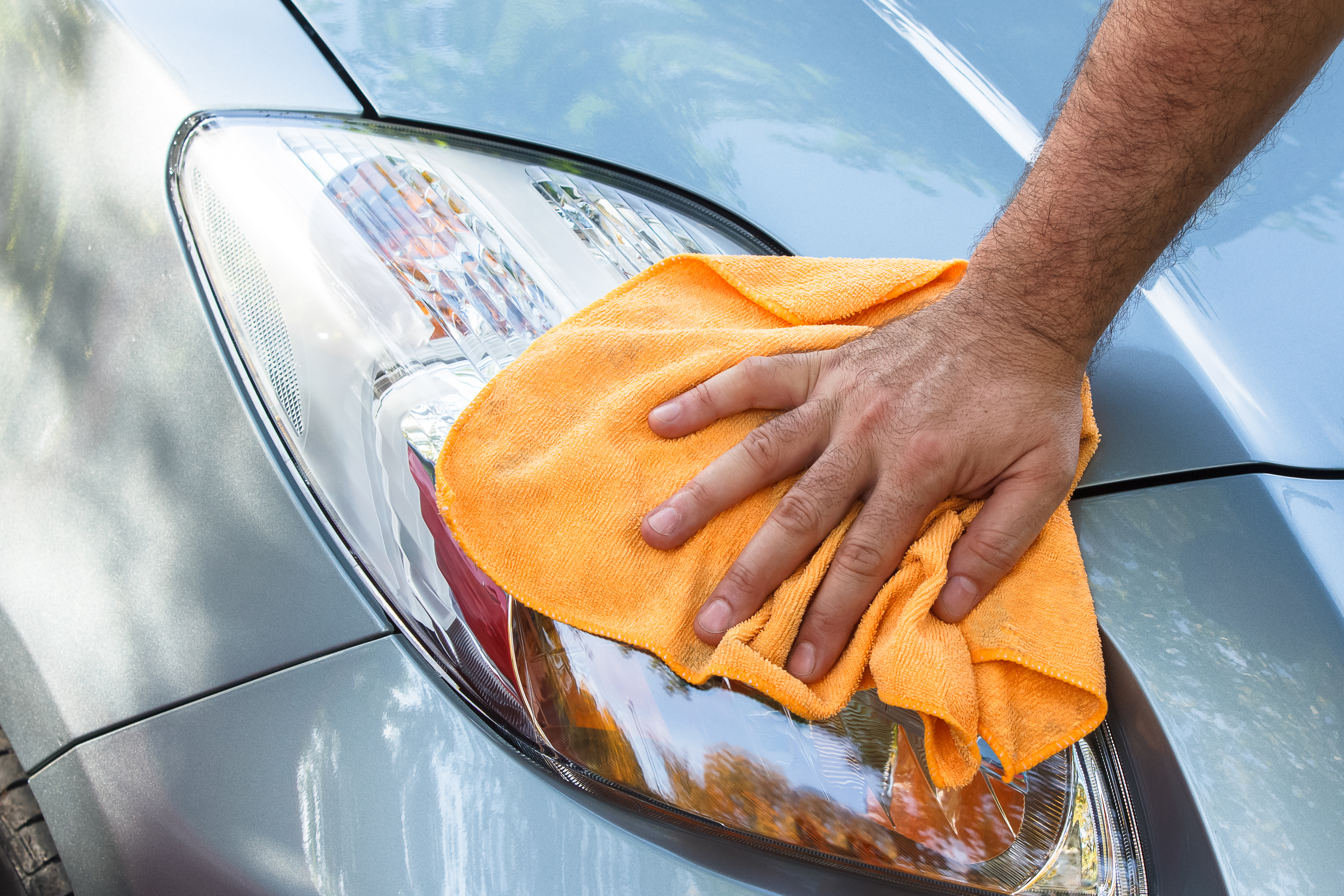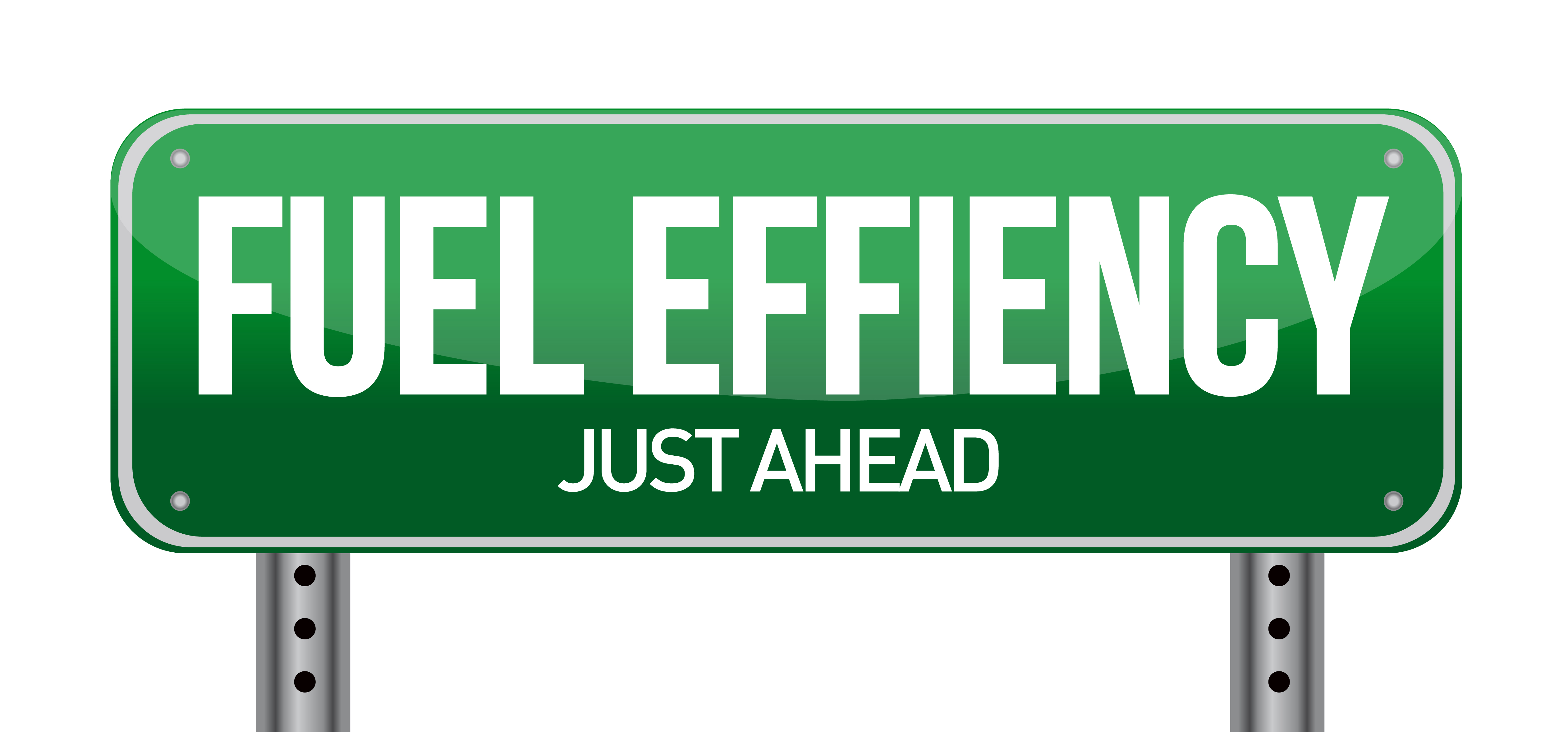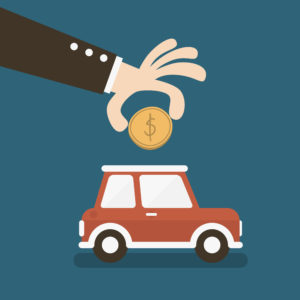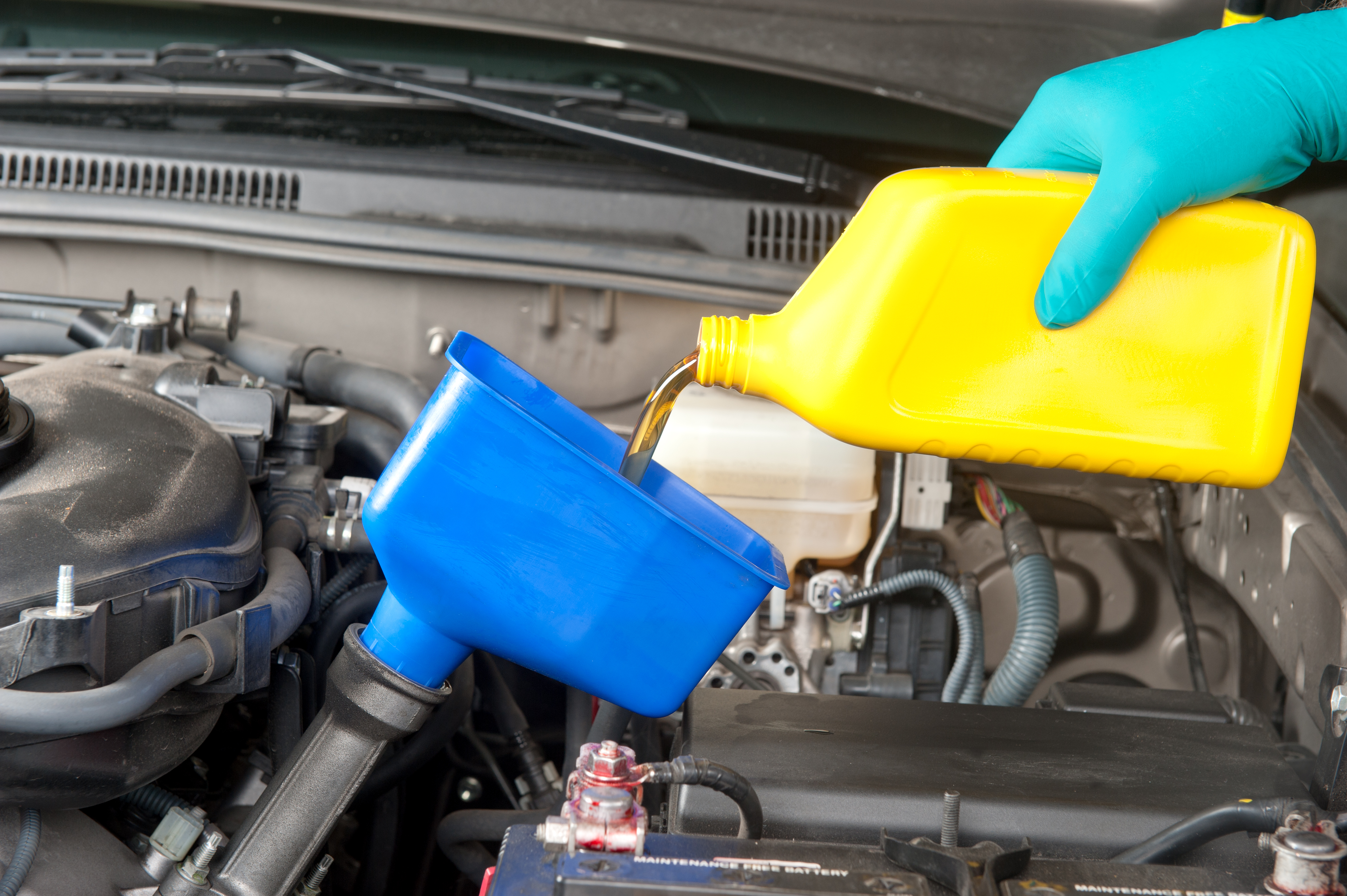The Difference in Liability and Full Coverage Car Insurance
Defining Liability Insurance
Liability insurance includes two types of coverage: bodily injury and property damage. Bodily injury pays for injuries a policyholder or designated driver causes to someone outside his vehicle, while property damage pays for damage a policyholder or designated driver causes to someone else’s property, whether a car, fence, mailbox or other structure. Some states also require drivers to carry medical payments or personal injury protection as part of their liability insurance. This coverage pays for injuries suffered by the driver and any passengers in the policyholder’s car.
Understanding Liability Limits
Liability limits are typically listed in a policy as bodily injury per person/total bodily injury/property damage. For example, a policy that lists coverage as 100/300/100 provides $100,000 worth of coverage for each person injured in an accident up to a total of $300,000, and $100,000 worth of coverage for property damage.
Financial Responsibility Laws
Wisconsin and New Hampshire are the only states that do not require auto owners to purchase liability insurance. Instead, these states have financial responsibility laws requiring auto owners to have enough financial assets to pay for any bodily injury and property damage they cause. Most auto owners choose to meet the financial responsibility laws by purchasing auto insurance.
Defining Comprehensive and Collision Insurance
Comprehensive and collision insurance are optional coverages that pay for damage to the policyholder’s vehicle. Collision coverage pays for damage caused by accidents, while comprehensive coverage pays for damage caused by anything else, such as hail or falling tree limbs. Comprehensive and collision coverage come with a deductible, which is the amount you pay toward any claim before the insurance company begins to pay.
Considerations
Comprehensive and collision coverage pays to repair a vehicle up to the value of the vehicle. For example, if a vehicle valued at $5,000 is damaged in an accident, the insurance company will pay only up to $5,000 to repair that vehicle. An insurance adjuster determines the vehicle’s value. If the adjuster deems the vehicle to be totaled, the insurance company will pay the policyholder $5,000. Owners of older-model and low-value vehicles often choose to drop comprehensive and collision coverage because the amount they can potentially receive from the insurance company does not justify the increased premium.
Other Options
An auto insurance policy also can include uninsured and underinsured motorist coverage, and coverage for and towing and labor.
Quick Money Savings Tip For Safe Drivers
There are dozens of auto insurers – Which one will give you the best rate?
Step 1) Choose your vehicle make below.
Step 2) On the next page, complete the 4 minute questionnaire, and you'll have the opportunity compare the best rates in your area.
Step 3) Keep more money and possibly save hundreds!










